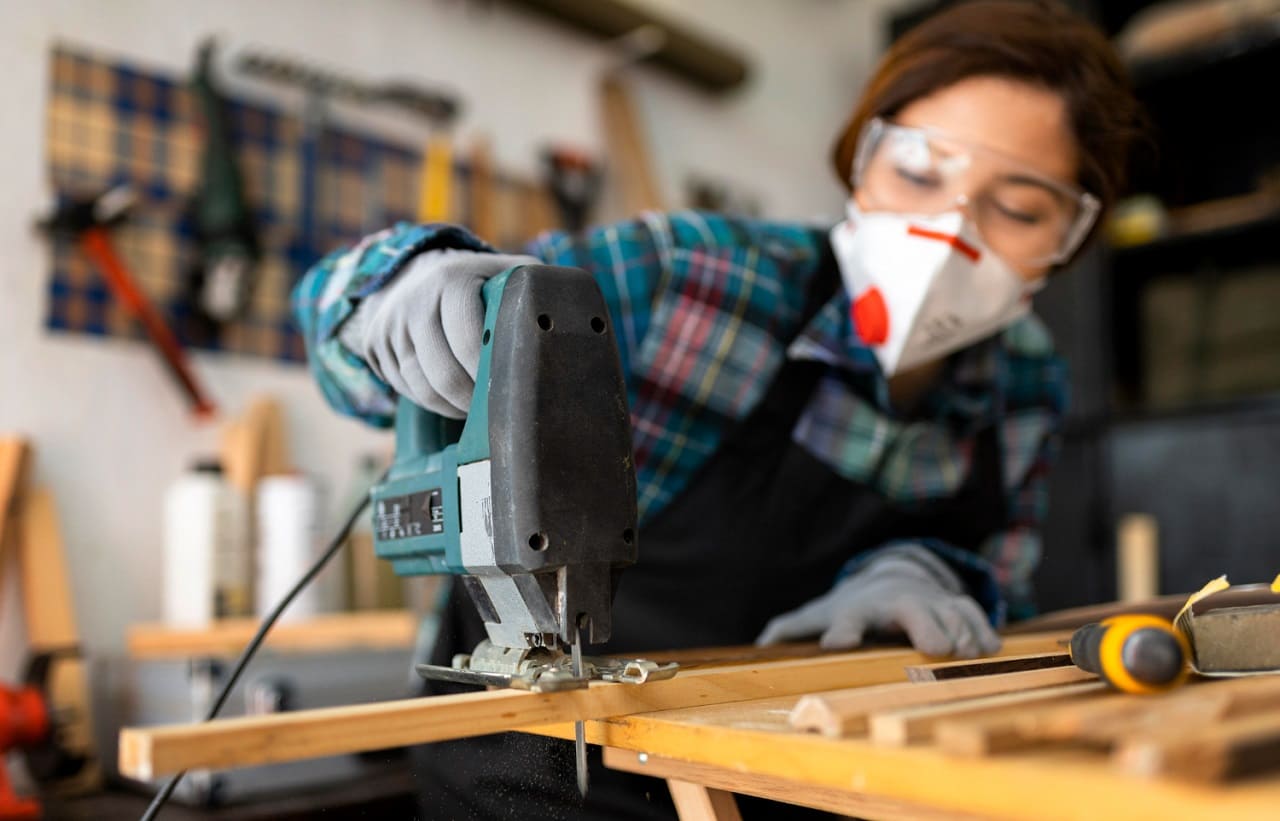Power Tool Safety: Essential Guidelines for Proper Utilization
Power tools are indispensable in many industries and DIY projects, but they can be dangerous if not used properly. Whether you’re a professional tradesperson or a hobbyist, understanding how to use power tools safely is essential. In this guide, we’ll explore the essential guidelines for utilizing power tool sets to ensure safety while maximizing efficiency.
Understanding Power Tools
Power tools encompass a wide range of devices powered by electricity, compressed air, or fuel. From drills and saws to sanders and grinders, these tools can make tasks easier and faster when used correctly. However, they also pose significant risks if mishandled.
You will be interested on: Dewalt Power Tools in Dubai
Selecting the Right Tool for the Job
Before beginning any project, it’s crucial to select the appropriate power tool for the task at hand. Consider factors such as the type of material you’re working with, the complexity of the job, and the available power sources. Using the wrong tool can not only lead to inefficiency but also increase the risk of accidents.
Inspecting and Maintaining Tools
Regular inspection and maintenance of power tools are vital for ensuring their safe and efficient operation. Before each use, inspect the tool for any signs of damage or wear. Replace worn-out parts and ensure that all safety features, such as guards and switches, are functioning correctly. Additionally, keep the tools clean and well-lubricated to prevent malfunctions.
Safety Gear
Wearing appropriate safety gear is non-negotiable when working with power tools. This includes safety glasses to protect your eyes from debris, ear protection to prevent hearing damage from loud noises, and gloves to safeguard your hands from cuts and abrasions. Additionally, consider using respiratory protection when working with materials that produce dust or fumes.
Keep reading: Bosch Power Tools in Dubai
Workspace Preparation
Before using power tools, set up a safe and organized workspace. Clear away clutter and ensure adequate lighting to see what you’re doing clearly. Keep everyone in the vicinity of the work area at a safe distance, especially kids and dogs. If working outdoors, take precautions to avoid working in wet or windy conditions.
Proper Tool Handling Techniques
When using power tools, always maintain a firm grip and control over the tool. Avoid overreaching or standing on unstable surfaces while operating the tool. Follow the manufacturer’s instructions for proper handling, including recommended cutting or drilling speeds and techniques. Never force a tool to perform a task it’s not designed for, as this can lead to accidents and damage to the tool.
You will be interested on: Makita 4100nh Tile Cutting Machine
Power Source Safety
Whether using corded or cordless tools, be mindful of the power source. Ensure that cords are properly grounded and free from damage. When using extension cords, choose ones that are suitable for the power requirements of your tools and avoid daisy-chaining multiple cords together. For cordless tools, keep batteries charged and replace them when they show signs of deterioration.
Emergency Preparedness
Despite taking precautions, accidents can still happen. Be prepared for emergencies by having a first aid kit readily available in your workspace. Familiarize yourself with emergency procedures, such as how to stop a tool quickly in case of malfunction or injury. Additionally, keep a fire extinguisher nearby when working with flammable materials or in environments where sparks are present.
Keep reading: Stanley Cordless D/drill 18v 1.5AH
Training and Education
Lastly, never underestimate the importance of proper training and education when it comes to using power tools safely. Whether through formal training programs, online resources, or hands-on experience under the guidance of an experienced mentor, continuously seek to improve your skills and knowledge. Stay informed about new safety guidelines and advancements in tool technology to ensure that you’re always working as safely and efficiently as possible.

Conclusion
Mastering the use of power tools requires more than just technical proficiency—it demands a deep understanding of safety principles and a commitment to following best practices. By adhering to the essential guidelines outlined in this article, you can minimize the risk of accidents and injuries while maximizing your efficiency and productivity in any project. Keep in mind that when using power tools, safety should always come first.







